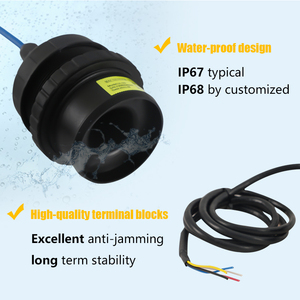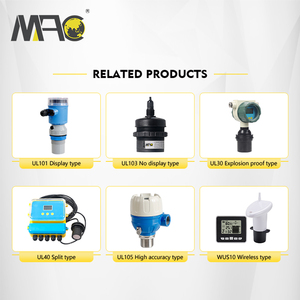Understanding UV Sensors
UV sensors are essential devices specifically designed to measure the intensity of ultraviolet (UV) radiation. They are increasingly important in various industries, including healthcare, agriculture, and environmental monitoring, as they provide crucial data to protect both human health and the ecosystem. These sensors can inform users about UV levels, enabling better decision-making and proactive measures against harmful exposure.
Types of UV Sensors
There are several types of UV sensors, each serving a distinctive purpose and application. Understanding the different types can help users select the right sensor for their needs:
- Analog UV Sensors: These sensors provide a continuous output proportional to the UV radiation levels. They are typically used for applications requiring real-time data.
- Digital UV Sensors: Equipped with digital output interfaces, these sensors offer precise and easily readable data on UV intensity. They are ideal for integrating with various electronic devices.
- Portable UV Sensors: Designed for field conditions, these lightweight sensors are perfect for individual measurements in various environments, providing convenience and mobility.
- Fixed UV Sensors: Best suited for permanent installations, these sensors monitor UV levels in specific locations, often paired with control systems for automated responses.
Applications of UV Sensors
UV sensors have a diverse range of applications due to their ability to provide critical information about ultraviolet radiation:
- Healthcare: In hospitals and clinics, UV sensors are utilized to monitor UV levels in treatment rooms, ensuring safe UV sterilization procedures.
- Agriculture: Farmers use UV sensors to measure sunlight exposure on crops, optimizing growth conditions and maximizing yield.
- Environmental Monitoring: Researchers deploy UV sensors to assess ozone depletion and UV radiation exposure, informing studies on climate change and public health.
- Photography and Art Conservation: Professionals use UV sensors to protect photographs and artworks by monitoring lighting conditions that may lead to damage from UV exposure.
Advantages of Using UV Sensors
Utilizing UV sensors offers numerous advantages across different fields, enhancing safety and efficiency:
- Health Protection: They provide essential information to avoid overexposure to UV radiation, helping prevent skin damage and other health risks.
- Energy Efficiency: Integrating UV sensors in energy management systems can optimize artificial lighting based on natural UV levels, reducing energy costs.
- Precision Monitoring: With high accuracy, these sensors allow users to gather reliable data, leading to more informed decisions in various applications.
- Versatility: UV sensors can be adapted for use in many sectors, making them a cost-effective solution for businesses requiring UV monitoring.


















































































































































